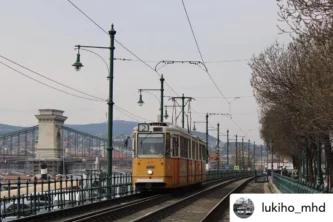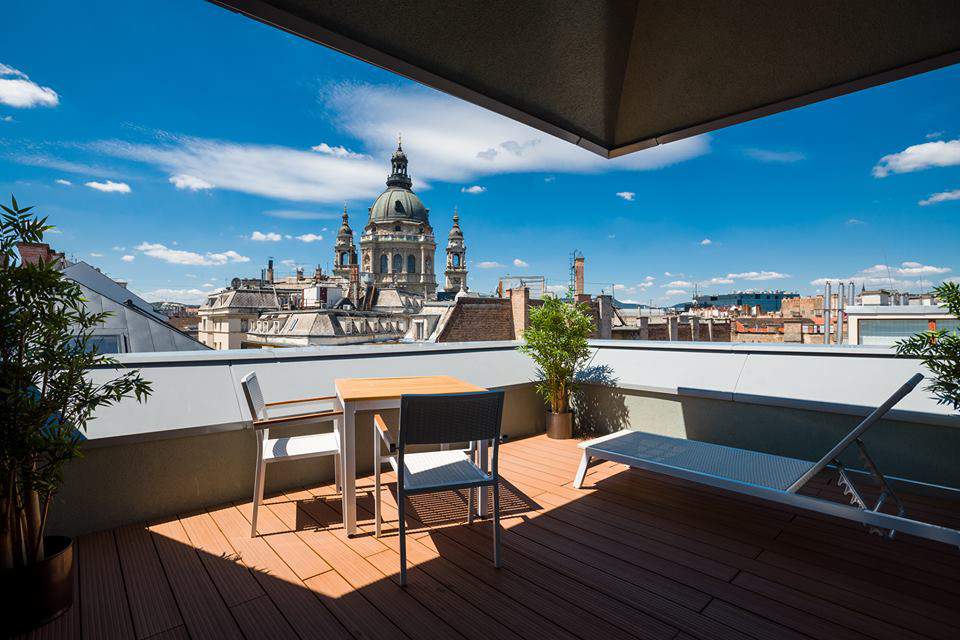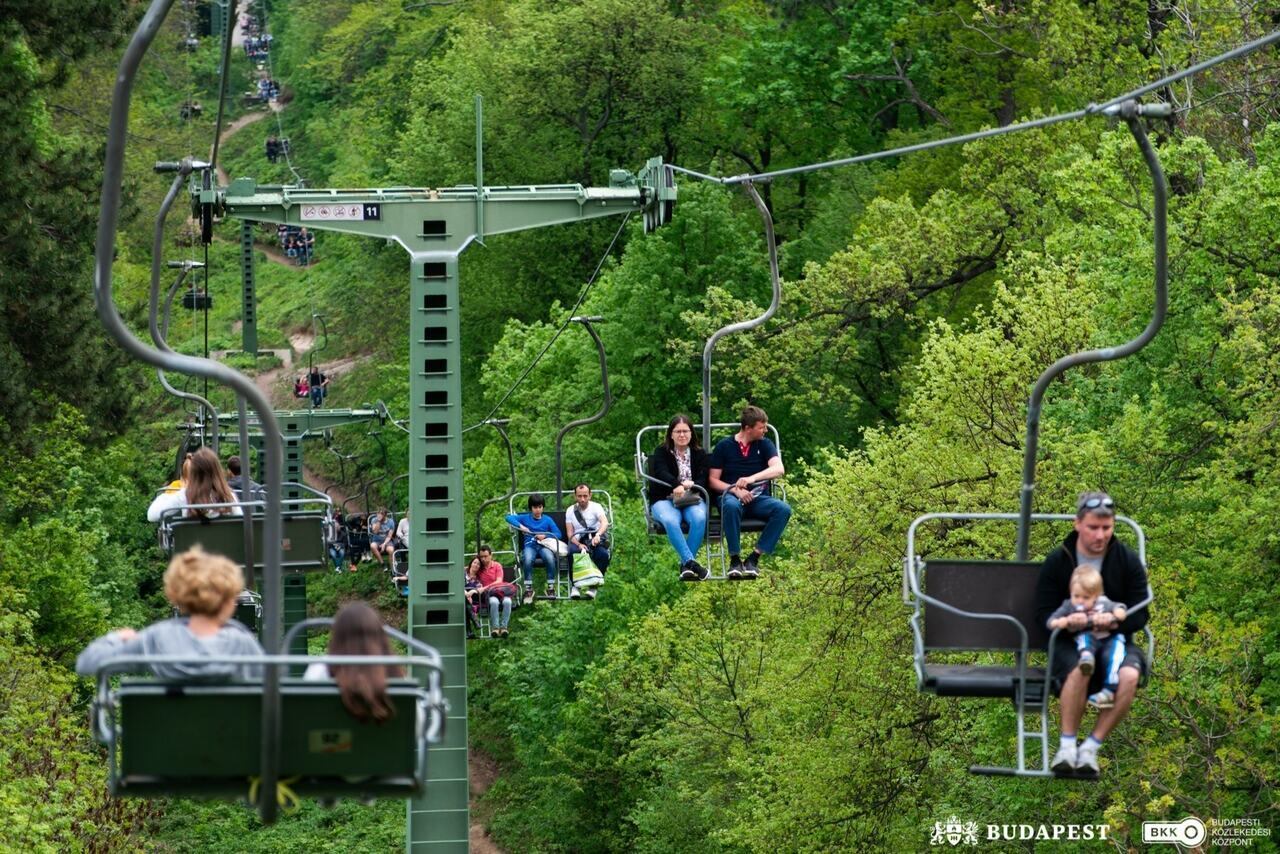VIDEO: Surface transport of Budapest to be completely restructured
The next cycle will see a major renewal of the transport network in Budapest. This will be achieved with EU funding. Among others, a study plan presenting the transport alternatives for the redevelopment of the Népliget junction is ready. On top of that, the fate of the Nyugati Square flyover is also sealed.
Revitalised boulevards are needed instead of downtown motorways
The capital’s leadership is committed to replacing the current downtown “motorways” with “revitalised boulevards” in Budapest, Index reports. This is exactly why Váci Street, Bajcsy-Zsilinszky Street and Üllői Street will be renovated, the Mayor announced in Budapest on Friday.
Gergely Karácsony, Mayor of Budapest, said that the renovation of metro line M3, which will be completed in May, will be followed by the renewal of surface transport. The aim is to maintain the transport relevance of the roads that currently function as “urban motorways”, while “bringing life back” to the streets by creating quality living space, he said.
The mayor said that the developments would be implemented with EU funding until 2030. It would stretch over several phases. A budget of HUF 200 billion (EUR 519 million) is available for this in the next EU cycle. As part of the development, new pedestrian crossings will be built on the roads concerned. This is because, as Mr Karácsony said, “you can’t exile people to the underpasses”.
Unnecessary bus lanes to be converted into cycle lanes in Budapest
The bus lanes created for the metro replacement will no longer be necessary after the completion of metro line M3. They will therefore be converted into cycle lanes where possible. This means that on Váci Street outwards to Dózsa György Street, and on Üllői Street between Kálvin Square and Népliget, there will be cycle lanes.
Further plans include replacing diesel buses with trolleybuses where possible, with bus No. 9 being replaced by trolleybus No. 72, extended to Kőbánya-Városközpont (Kőbánya-City centre). They also intend to increase green spaces in the capital, including the renewal of the City Hall Park. The Népliget and Nyugati Square overpasses are not needed in the long term and will be demolished after 2026.
A park would be created on the site of Béla Puczi Square between Nyugati Railway Station and Váci út, currently used as a bus terminus, and the Podmaniczky Park would be created in the brownfield land between Ferdinánd Bridge and Eiffel Square.
Developments in Districts VII and VIII
Péter Niedermüller, mayor of Erzsébetváros, said about District VII that they have started to calm traffic, limiting through traffic for a cleaner, livable district. Klauzál Square will be renovated and the proportion of green space in the square will be doubled.
András Pikó, Mayor of Józsefváros, said that they have started to reduce the traffic in the VIII district, making parking paid. As a result of the improvements, a small park will be created at the Klinikák metro station, increasing the district’s scarce green spaces. The air around Üllői Street will be cleaner and they would like to see a trolleybus replace the 9 bus.
Mr Pikó posted a video on his Facebook page that illustrates the changes planned for the section of Práter Street between Futó and Szigony Streets and the section of Tömő Street between Leonardo da Vinci and Szigony Streets. Watch the video below:
The plans for the “revitalised boulevards” – the renewal of the Váci Street, the Bajcsy-Zsilinszky Street and the Üllői Street – can be found HERE.

Read alsoSky-high deficit: trams, buses, metros will stop in Budapest?
Source: index.hu, budapest.hu
please make a donation here
Hot news
What happened today in Hungary? — 26 April, 2024
Unemployment stops rising in Hungary
Foreign workers at Wolt Hungary: courier and restaurant manager chime in – and they are not happy
Hungarian FM Szijjártó: We won two battles in Brussels
Bizarre developments: Orbán cabinet now targets rainbow-coloured items!
Hungarian defence minister: Most important thing is peace




2 Comments
A short little story. Last weekend, I took a bus between Szekesfehervar and Lepseny, and along much of the route I saw a bicycle track. All spanking, gleaming, new, painted red… It went on for miles. Great, right! Only problem: There was not one single cyclist using it, the entire length. This was at, like, 3P.M. on Saturday. I’m very sure the track was yet another cockamamie project dreamed up by the E.U. in the name of some green baloney, and also funded by the E.U. (most of which is Hungary’s taxpayers’ money anyway, which Hungary paid in). So, revitalizing Budapest’s transit infrastructure is all well and good, so long as it is led by the needs of the city’s residents rather than pseudo-religious, “green,” globalist-socialist dogma, which informs so much of what the E.U. serves us with. Something tells me it’ll be the latter…
Steiner explains a lot- I love how they talk of more green when they don’t take care of what’s already here.
One example franezic – Parisi udvar area- 2- 5 star hotels – soon to be 3- I don’t think the planters have been touched in the 5 years I’ve I’ve been here. Andrassy is poorly maintained. You are going to loose all the high end stores if something is done. Many of he green areas look like dog toilets. Is it my imajination or did they just paint the ugly light towers a weak piss colors. They all should be banned.
The work like Blaha Lusza tere is embarssing. The design more fitting for the Corvin when it was clad in Aluminum.
I don’t think the city understands what a beautiful city this. This industrial design trashes the beauty that is everywhere.
The classic old trash containers compliment both new and historical structures- instead we have cheap bright green plastic with a silly graphics or large steel Boxes with – zero character – cold and ugly. I wonder if there is any understanding of what made the city what is. Anything can be designed to work.
Go into beautiful bldgs and the entrance is filled with various color bright plastic and graphics tell you how to use them.